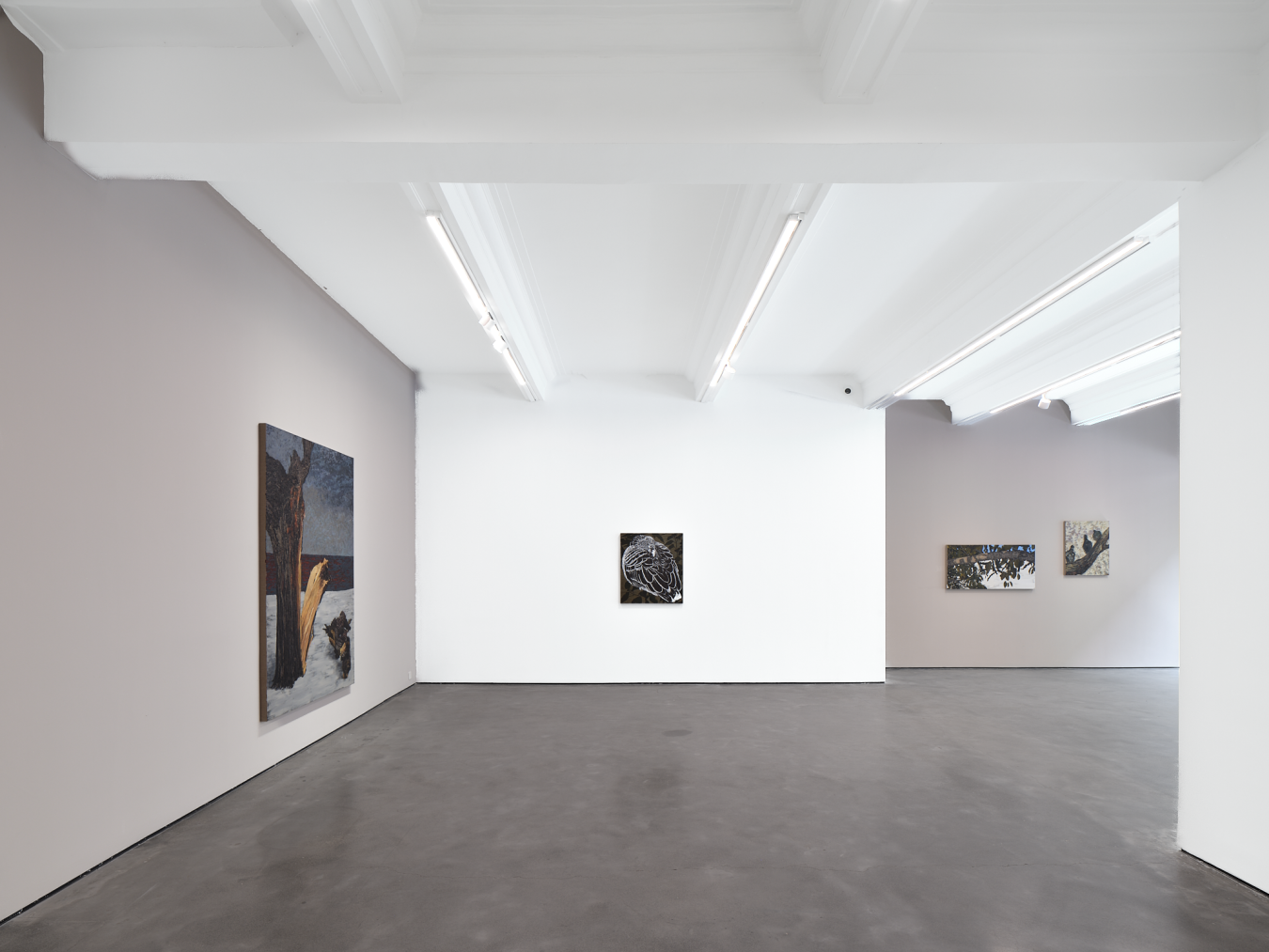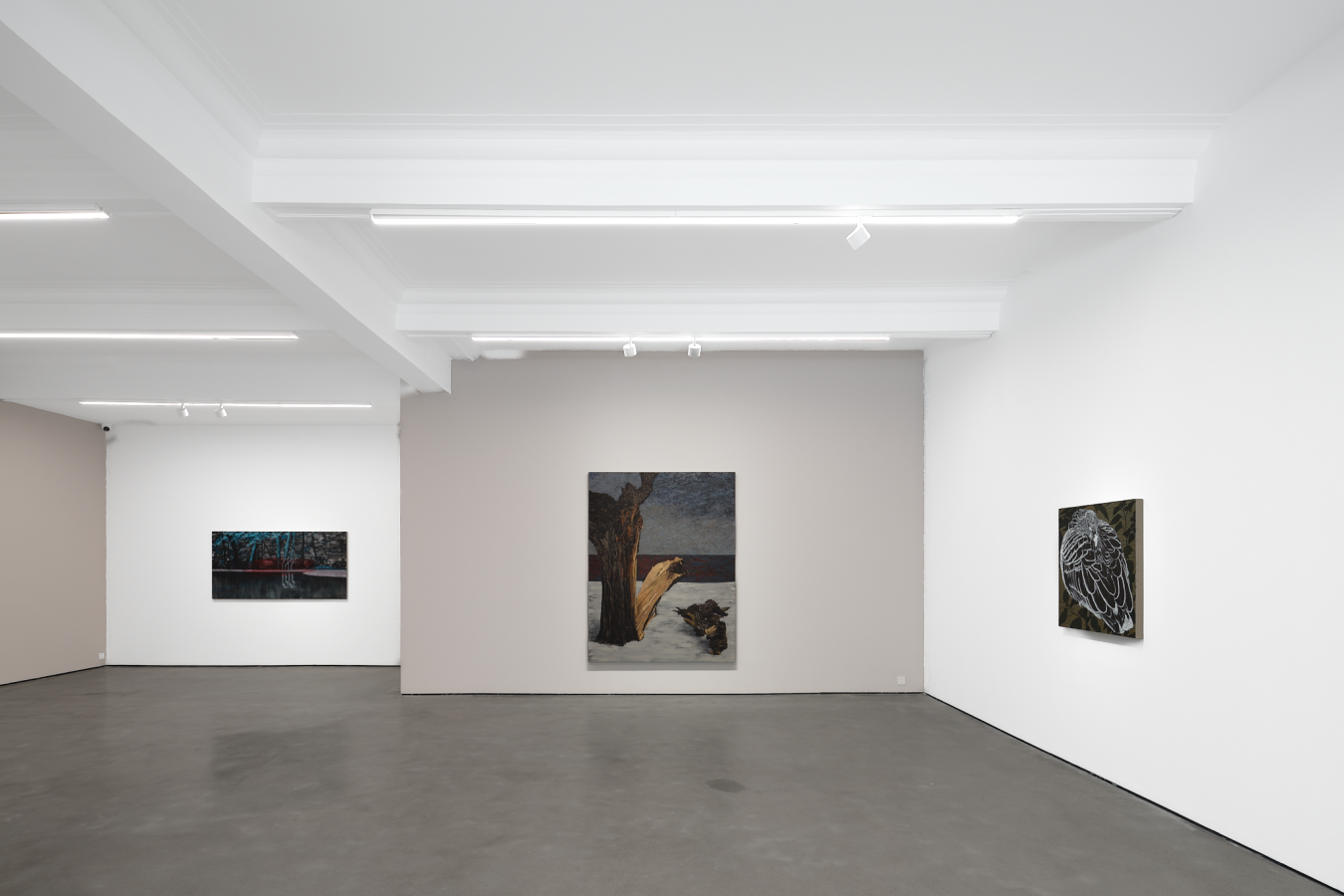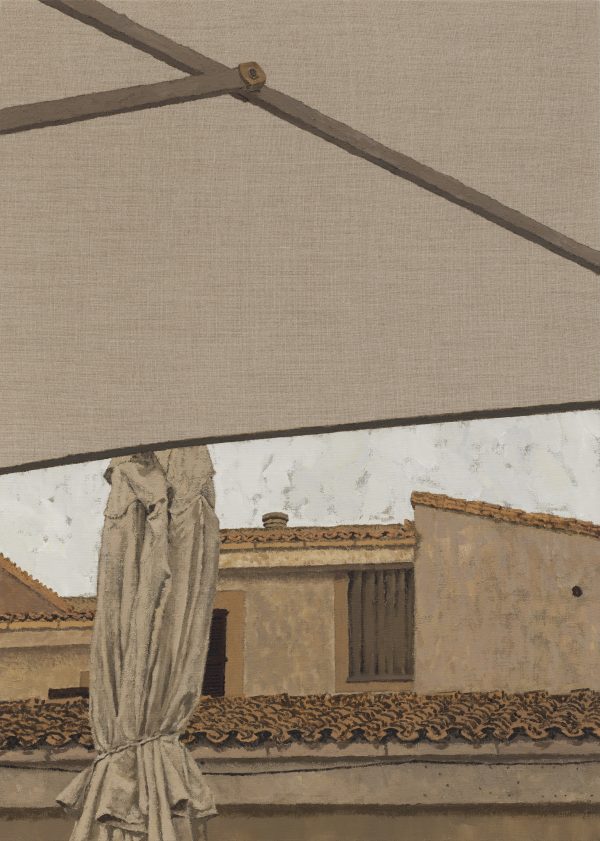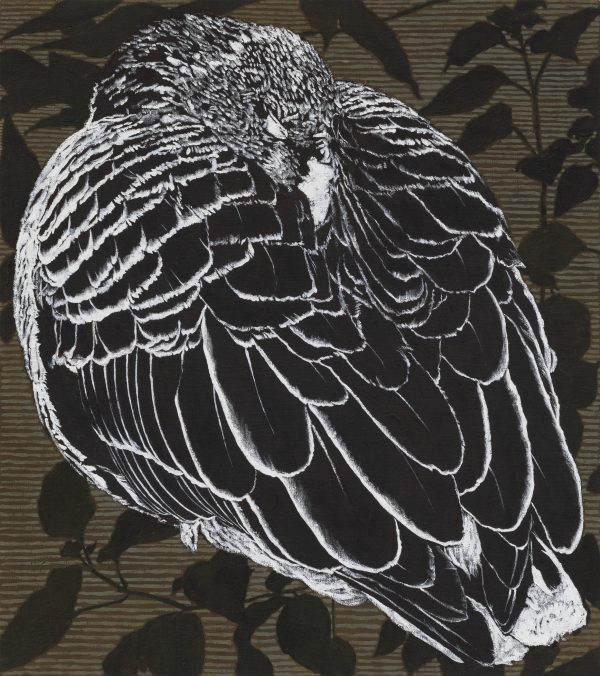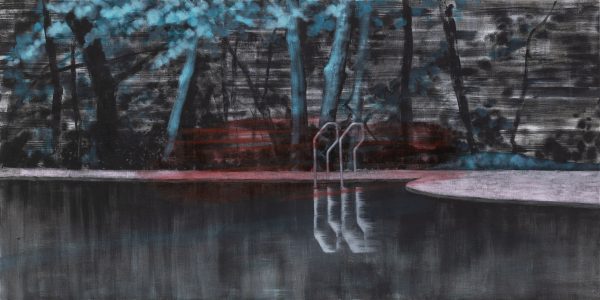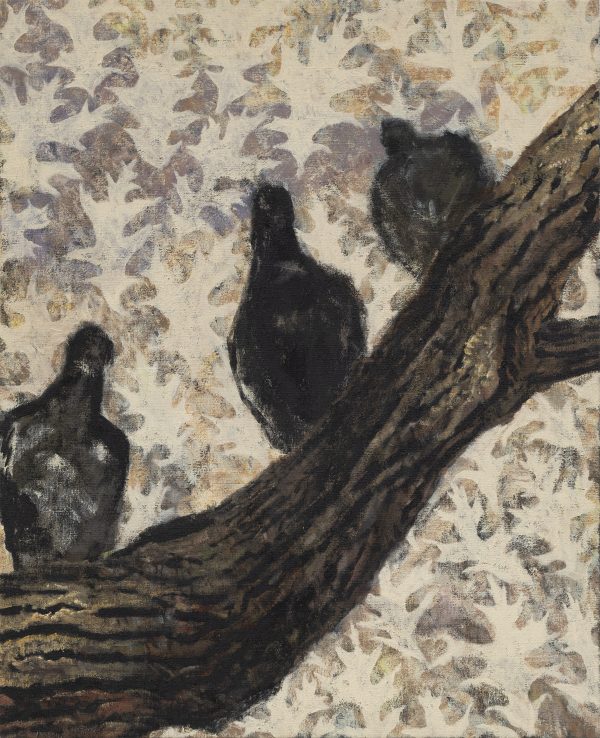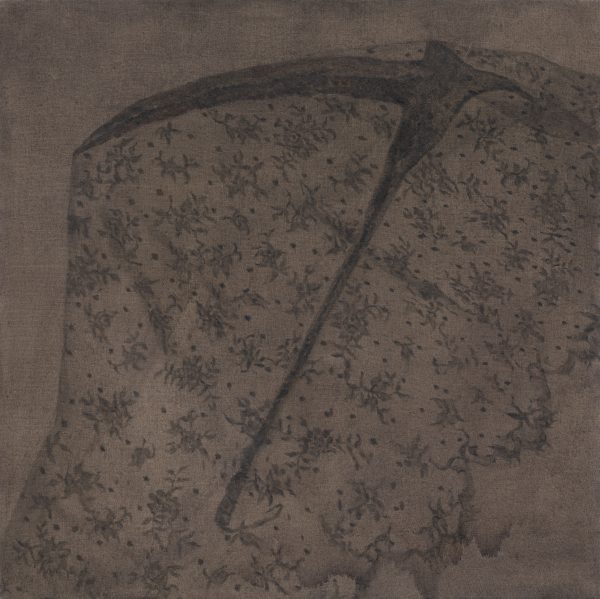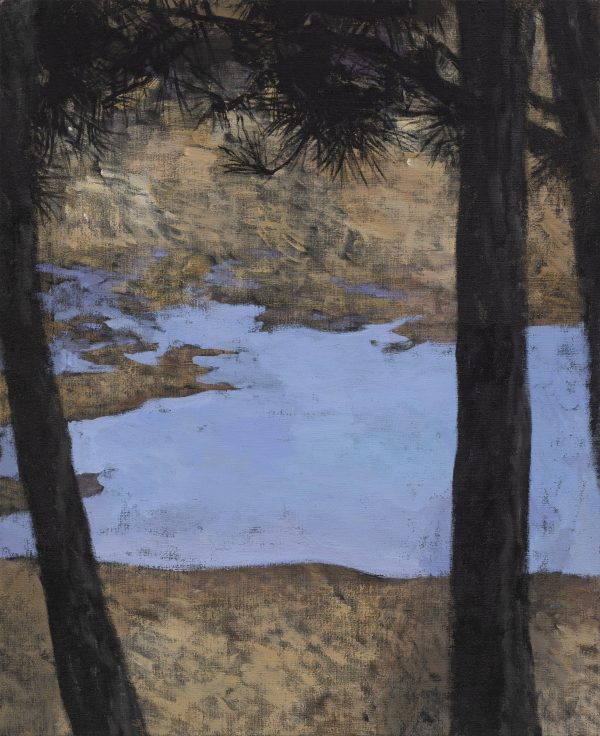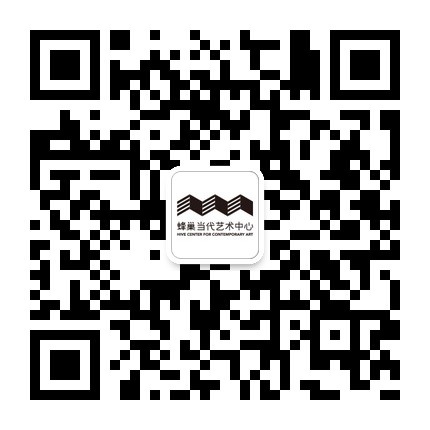Li Shuangyi: Weathered Feather
Hive Center for Contemporary Art is pleased to present artist Li Shuangyi’s first solo exhibition ‘Weathered Feather’, opening on June 23, 2025, at Shanghai’s Hive | Becoming space. This exhibition focuses on a series of paintings from the artist’s recent practice. The exhibition is curated by Lin Shengbing, and will be on view until July 29, 2025.
Rust is not a momentary trauma, but a time-consuming erosion and covering, similar to the silent transmission of pain between generations. Those repressed emotions, unspeakable sorrows and unfinished attachments, like rust quietly clinging to the soft and close details of life as a feather; like Julia Kristeva’s cheap and repugnant things that are rejected and expelled by the subject but cannot be completely cut off due to their rootedness, provoke the calm surface of intimate relationships. It’s not only a heterogeneous factor dormant inside the kinship bond, but also an inseparable factor that constitutes the identity of an individual. It is a heterogeneous factor that lies dormant within the bonds of kinship, and is also an indissoluble substrate of individual identity, slowly outlining the boundaries of the subject and its mode of existence in the relationship.
Li Shuangyi’s creations continue to revolve around intergenerational family relationships, emotional attachment patterns, and the miniature theater of power that unfolds behind them. The blunting of emotions, the blockage of expression, and the blurring of self-knowledge, the power structure hidden within intimate relationships, are internalized in the rusting process of life through day-to-day discipline. The artist deliberately avoids the linear narrative and adopts the technique of extracting frames similar to that of a film camera, depicting objects that are free of time, space, and gender references in a relatively single color in an attempt to strip the emotional substrate of the unsettled feelings from the inherent graphic narrative, completing the in-depth search for subjectivity in the dissection of the family’s power structure. What Li Shuangyi keenly captures is the appearance of calmness maintained by affection, but also the intense tension between the sense of identity strengthened by blood ties and the individual’s vision of breaking free from the established family power structure. She creates a kind of vintage texture that is free from the existing narrative framework with her intentionally raw brushwork, so that the work is always filled with a kind of repressed emotional vibration, a kind of helplessness, anxiety, and reluctance to speak when the modern subject is confronted with the intimate order.
At the same time, the repeated use of unmixed black color pigment, constitutes another clue in the artist’s expression system. In Li Shuangyi’s eyes, black is not the end of melancholy, nor a symbol of negativity, but a path to the deep structure of life. Nietzsche once said: “In fact, human beings are the same as trees, the more they yearn for the sunlight on high, the more their roots reach into the darkness of the earth”. This black vitality points to the deep and secret will to live that individuals renew after experiencing trauma, repression, or collapse. The artist takes black as the embodiment of visual will, which not only symbolizes the courage to break the existing structure and order, but also becomes the core element of her confrontation with the visual canon.
Power is generated by attention, and the subject is constructed through viewing. In Li Shuangyi’s image space, prying and gazing are intertwined and tussled, forming a pair of entangled sights. When the peepers themselves are involved in the vortex of being viewed and defined, the power relationship guided by viewing will be interrupted and reorganized. It is through this mechanism that the artist shakes up the complicity between the family order and the construction of power. Here, the disintegration of the old order is not accomplished through violent confrontation, but quietly in the misplacement of power. Li Shuangyi does not provide a complete alternative structure. On the contrary, she takes the initiative to preserve the rupture and unfinished-ness of the images, and leaves the possibility of subject mobility and repositioning in those unnamed blank spaces.
The reconstruction of such a structure is not a restoration of order in the traditional sense, but more of a continuous cycle of intervention and retreat, attachment and escape, confrontation and symbiosis. As a result, the artist retains an open and continuously generating space for the growth of subjectivity, which is no longer limited to a fluid mode of existence, but emerges as a broader practical path of emotional perception. Between the rust and the feather, Li Shuangyi has constructed a set of sensitive yet tough visual orders, which does not pursue the illusion of healing, but rather searches for the emotional reality and depth of existence of modern subjects in the rusty fissures.




